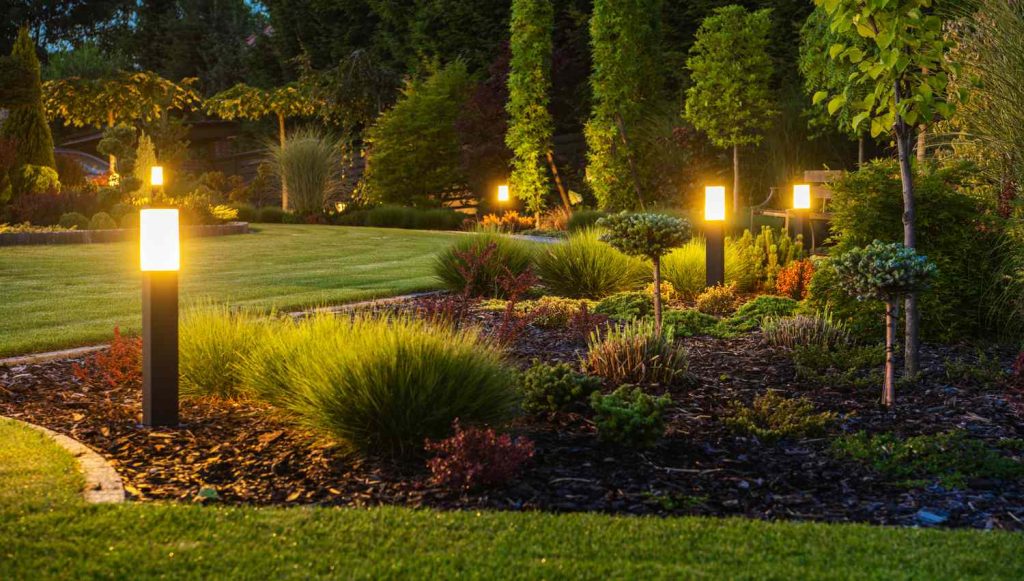Illuminate Your Outdoors: A Guide to Outdoor Lighting
Outdoor illumination represents a crucial position in increasing the wonder, safety, and operation of outside spaces. From highlighting pathways and driveways to showing architectural features and landscaping components, outside illumination acts both sensible and visual purposes. One of the essential advantages of outside lighting is their ability to improve safety and protection by lighting dark parts and deterring intruders. Well-placed lights along paths, entrances, and around the edge of the property will help reduce incidents and offer peace of mind for homeowners.
Furthermore, outdoor light can change the environment of outdoor places, producing appealing and pleasant areas for rest, entertainment, and socializing. By logically placing lights about sitting parts, patios, and decks, homeowners can expand their residing areas in to the outside and appreciate their gardens or areas properly in to the evening hours. Moreover, outdoor illumination may boost the suppress appeal of a home, adding dilemma and aesthetic interest to their external and which makes it stand out in the neighborhood.
As it pertains to outdoor light, there are many options available to homeowners, from conventional lanterns and sconces to contemporary LED fixtures and solar-powered lights. LED illumination, specifically, has become significantly popular for outdoor applications because of its energy effectiveness, toughness, and versatility. LED lights eat less power than old-fashioned lamps, stay longer, and can be found in many different colors and designs, making them a great choice for outside light projects.
In addition to traditional wired lighting methods, there’s also solar-powered and low-voltage possibilities, which provide flexibility and ease of installation. Solar-powered lights control power from the sun through the day and illuminate instantly at night, creating them a sustainable and cost-effective choice for outdoor lighting. Low-voltage illumination methods use a transformer to lessen the voltage of the energy flowing to the lights, making them better to set up and operate.
Moreover, outdoor light may be used to highlight and intensify particular options that come with a landscape or garden, such as for example trees, crops, water characteristics, or architectural elements. By logically putting lights about these key factors, homeowners can produce dramatic results and draw attention to the sweetness of these outside spaces. Uplighting, downlighting, and spotlighting are popular methods applied to illuminate woods, statues, and different items, introducing depth and dimension to the landscape.
When developing an outdoor illumination system, it’s important to take into account facets including the size and design of the space, the specified atmosphere, and the specific wants and choices of the homeowner. Consulting with a professional light custom or landscaper will help make certain that string lights lighting plan is designed to meet these demands and achieve the specified effect. Additionally, homeowners should also contemplate factors such as power efficiency, maintenance needs, and durability when choosing lighting fixtures and accessories.

To conclude, outside illumination is really a functional and necessary part of landscape style, giving practical advantages such as security and safety, as well as cosmetic benefits such as for instance environment and control appeal. With a wide range of illumination solutions, homeowners can cause personalized outdoor illumination systems that enhance the beauty and functionality of these outdoor spots while highlighting their particular model and preferences.